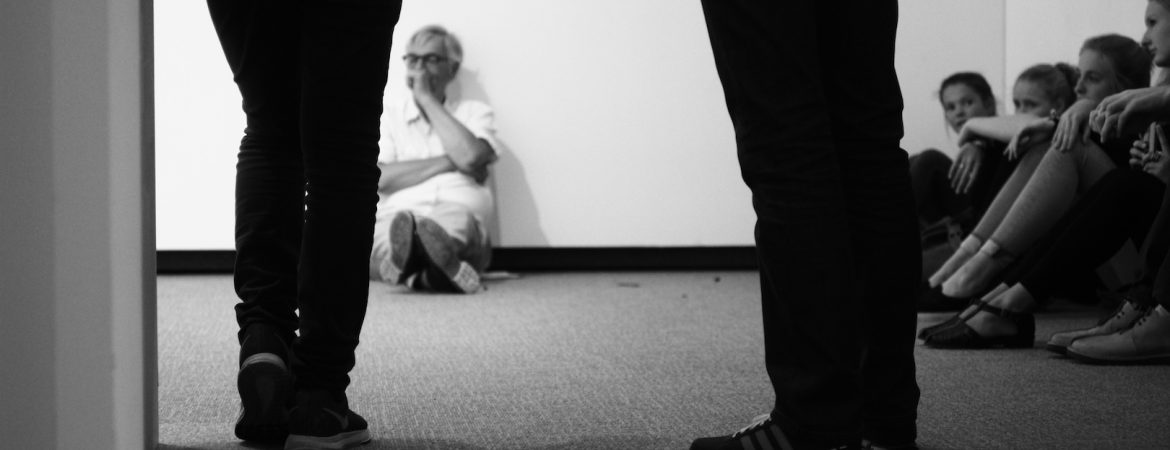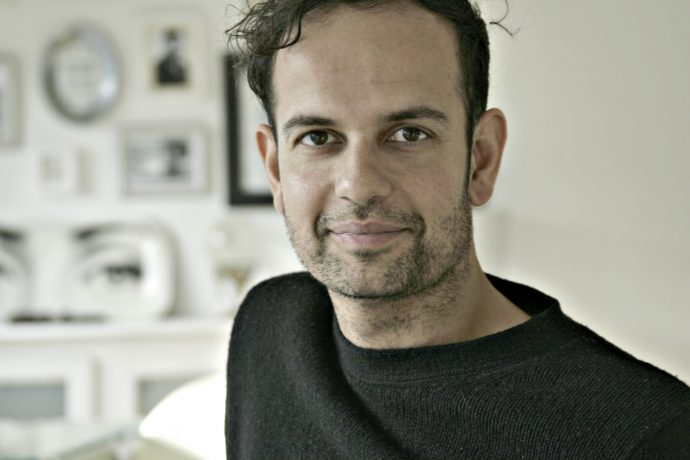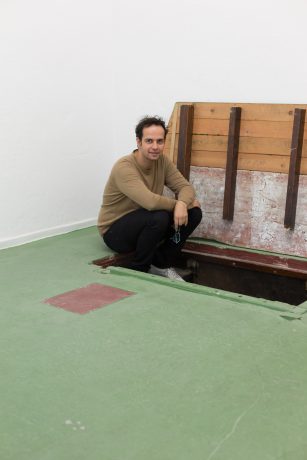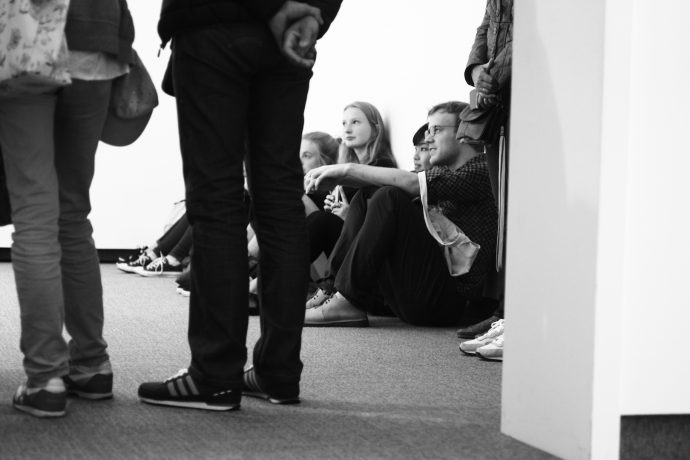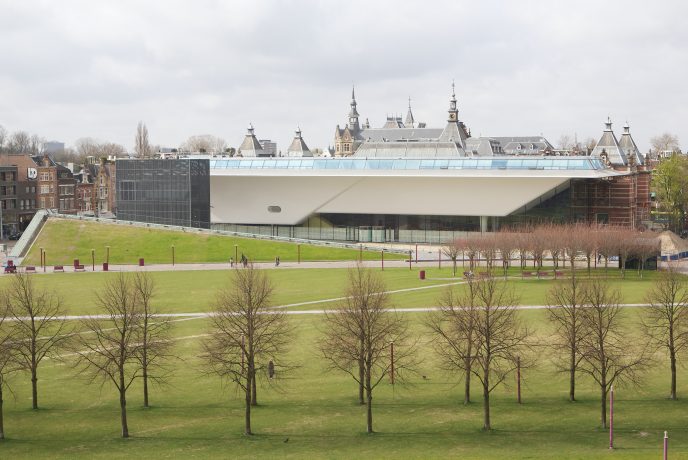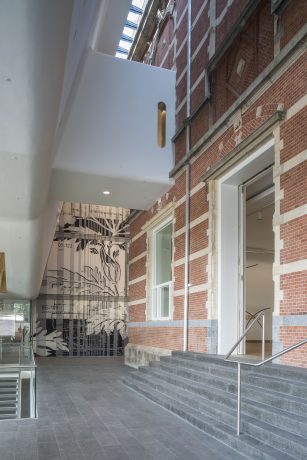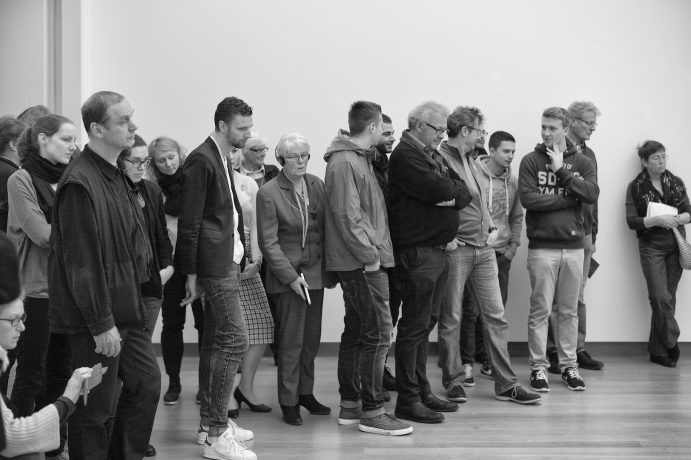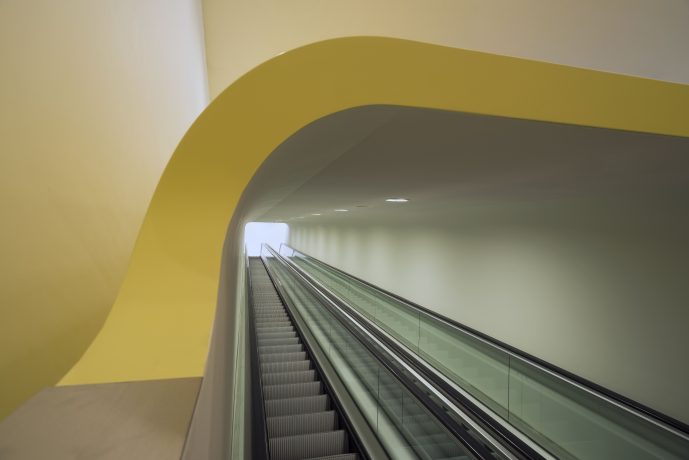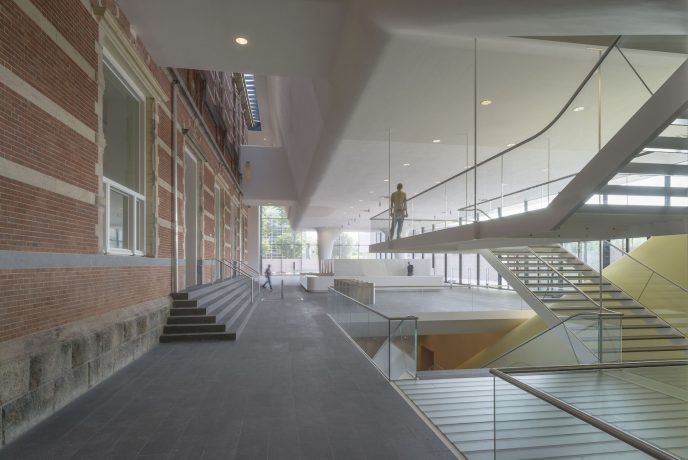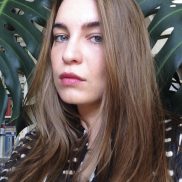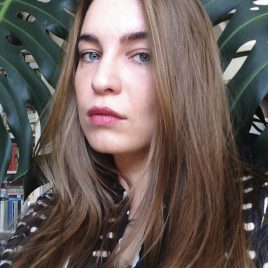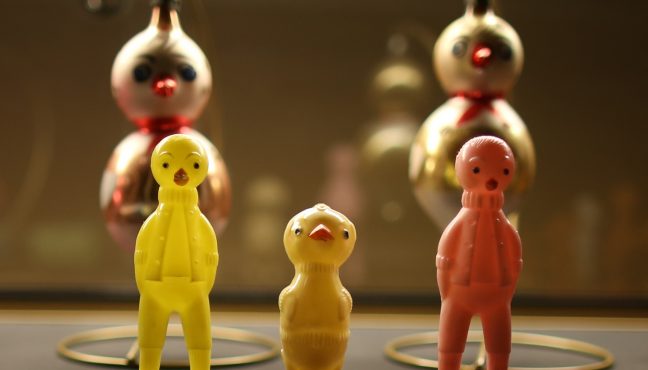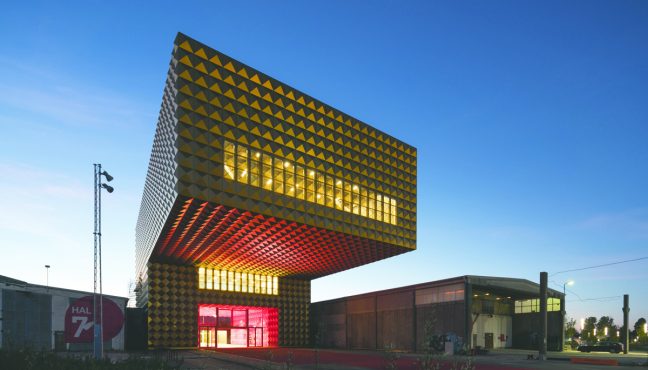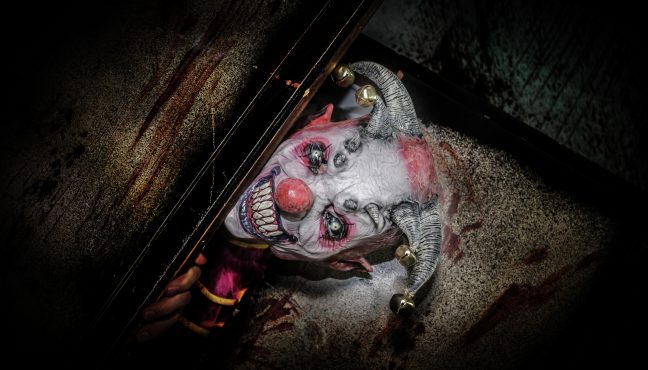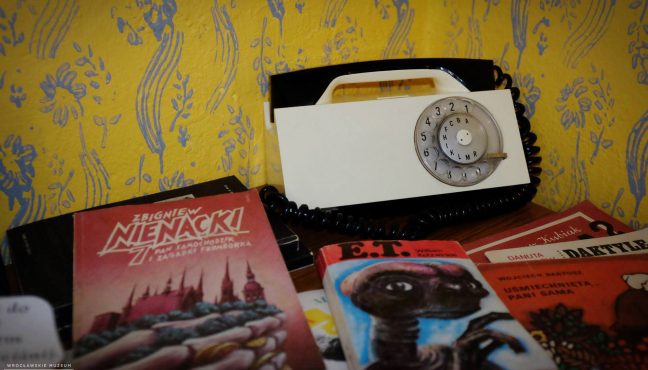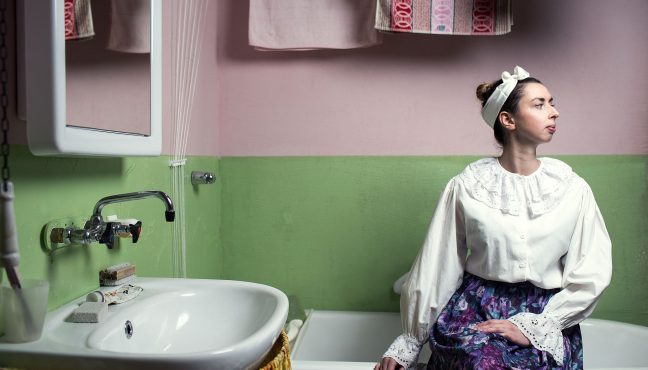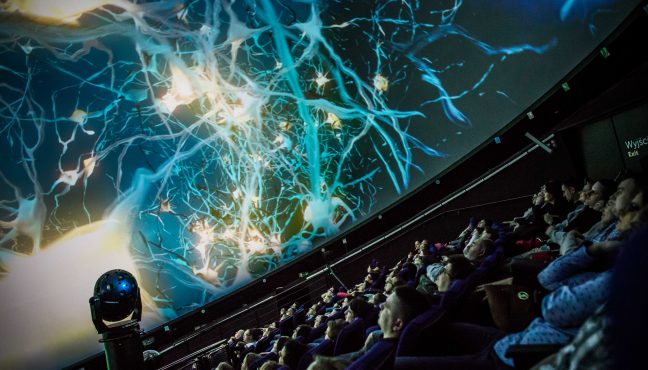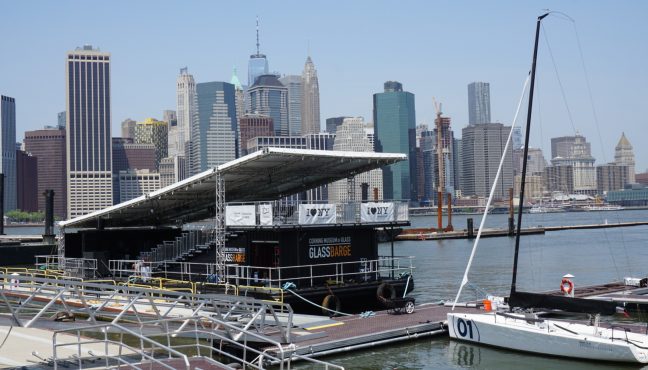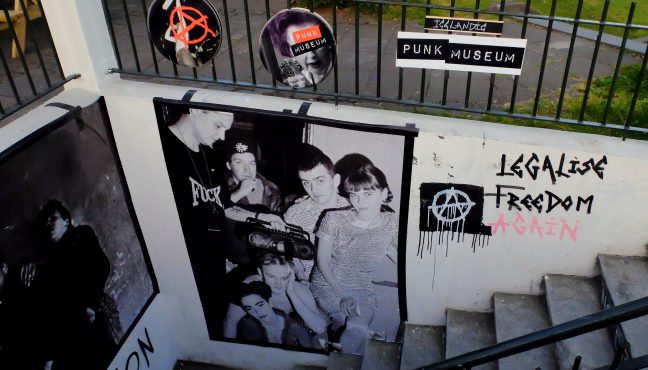In 2015, the Stedelijk Museum Amsterdam, an international museum dedicated to modern and contemporary art and design, presented the first major survey of the German/British artist Tino Sehgal. His live works were on view nonstop for 365 days, from opening to closing time. Museeum interviewed curator Martijn van Niewenhuyzen and talked about the exhibition "A year at the Stedelijk: Tino Sehgal", and about audience's engagement and feedback.
Situations by Tino Sehgal are not being documented, they can’t be filmed or photographed. Can you describe several of them?
"First of all, it’s important that we see the situations by Tino Sehgal not as performances. Because a performance has a start and an end moment, say, from 3 to 4 pm. But Tino’s works are immaterial in the sense that they are visible in the museum space during the whole day: from opening till closing time the work is there, just like a painting or a sculpture. Another aspect of his work is that it is live art. His works are being executed by people, whom Tino calls interpreters. They are selected through auditions, and after that they get a thorough training, with rehearsals."

"There are several types of work: sometimes they are dance based, sometimes they are based on a conversation between interpreter and the museum visitors and there are some vocal works. “A year at Stedelijk: Tino Sehgal” started on the 1st of January 2015 and ended 31st of December 2015. In total we have shown 21 works. You can imagine that it was a constant flux of auditions and rehearsals for new work. And that means that every month we also changed the setup of the collection in the galleries. Sometimes one work or more were changed, or even the whole floor plan of the Stedelijk (museum entrance, but mainly in collection rooms)".
"Tino wanted to show his work amidst the collection of the Stedelijk, that was really part of his plan, because having live art between the paintings and sculptures, also plays with the expectations of visitors. People expect to see a chronological presentation of the collection or a thematic display or highlights. And suddenly and unexpectedly they run into a live work that changes their experience completely. I can for example describe the work, which we have acquired in 2005. The long relationship we have with this work goes back to 2004, when I invited Tino to do work at the Stadsschouwburg (the theatre) in Amsterdam. It was at a time when Tino Seghal, as a choreographer and dancer, who also has a background as an economist, moved towards the visual arts. We facilitated him to present this work, called “Instead of allowing something to rise up to your face, dancing Bruce and Dan and other things” a dance piece, and we later acquired it for the collection".
"It’s being executed by trained dancers, and it’s based on historical footage of films and videos by Bruce Nauman and Dan Graham “Amongst other things”. For instance, the filmed performances by Bruce Nauman, which are instruction pieces for his work, and which Tino has used for his interpretation. It shows a person lying on the floor, imagining the floor rising up to him or her and then having a special relationship to the room, to the space where work takes place. Tino has interpreted those segments from films and videos by Nauman and Graham in a choreography, which is executed by one single dancer, who lies on the floor and has the freedom to weave together those segments in a live work. What you see as a visitor is a person doing very slow movements on the floor, and this goes on all day (Interpreters are doing shifts of 2,5 hours.)".
"Another example is the piece “This is propaganda”, in which a female singer, dressed as a museum guard, was facing the wall amidst works of Willem de Kooning. Once visitors have come into the gallery and encountered the works, she suddenly turned around and sung to them, in a voice that could be heard even galleries further. In June there was a very impressive larger piece: 12 interpreters in a dark room presented ‘This variation’. One of the larger galleries was completely dark, and when visitors entered, they couldn’t see anything. In the meantime, visitors were taken by the hand by interpreters. You couldn’t see who is was. Sometimes very strong movements. After a time, the space around you began to lighten up, because your eyes were getting used to darkness, or because sometimes for just a second, light was flashed on. Then you saw a glimpse of interpreters in a choreography. The whole group kind of “enveloped” people and did free jazz-like performance of elements, which were rehearsed and instructed by Tino, but the interpreters reproduced these elements in different sequences, so it was never the same".
"You felt all kinds of things happening around you: the depth of the dark, voices from faraway and close to you, you felt movements around you and you could hear people singing, talking, dancing."
"Another larger piece was “This is progress”. For this, we’ve emptied the whole upper floor of the new building . And what you actually experienced was that a child approached you with the question “Would you like to be part of a work by Tino Sehgal”? If you agreed you entered the gallery with this child, starting a conversation about what progress means to you. That is actually a very profound question, and it could be taken personal or it could address all kinds of matters in the world. While discussing with the child, it was imperceptibly interspersed by others, and every new discussion partner was older in age. So the child was followed by a teenager in another room, who led you to other people - four generations in the end. The last person you spoke to, the older person, summed up the discussion, which behind the scenes was transferred to them, and rounded off the conversation with a more metaphorical story. It was an impressive, one to one personal experience between the visitor and the interpreter, and it lead to very deep, philosophical conversations".
"There were also conversational pieces on a smaller scale, when you were for instance having a discussion with a ‘guard’, that we in fact an economist or economy student, on your thoughts on market economy. If you really participated in the conversation, you were given a password, so you could receiver part of your entrance fee money back – so participating in this piece was also a deed of market economy. There works throughout the year were interactive in all kinds of ways. In the work called «This is new» for instance, the guard that scanned your museum ticket, unexpectedly said a headline from the newspaper to you. Some people were not even registering it. Others stopped and asked about it: What did you just say about the Greek economy…? And then interpreter repeated the headline one more time, and made known that this was part of ‘This is new’, an art work by Tino Sehgal. The ticket guards could choose a new headline from the paper themselves, every day. An interesting piece, because our colleagues kept thinking about these lines, and so did the visitors. At the end of their visit, they often came back to these scanners, asking more questions".
"Titles of works by Tino Sehgal are always vocally brought to the audience, there are no signs or texts in the rooms. You can only decode that it is work by Tino Sehgal by watching it, listening to it. And sometimes you didn’t even hear the title, for example this piece «Kiss». We had two versions. «Kiss (clean version)» was executed by couples who were dancing naked in the dark. And then we had the version «Kiss», where you saw a couple acting all kinds of kisses from famous scenes in art history – from the work of Rodin, Picasso, Jeff Koons, and others, in a very slow choreography".
"A year at Stedelijk: Tino Sehgal» was a real retrospective of Tino's works, in a way that has never been done before. It was a very special experience for the visitors, the interpreters and also for us".
"How on earth can you do a retrospective of live art? Bringing it in this experimental form, during the year, all days of 2015, seven days a week, it became a very special project."
How did you come up with the idea of making the retrospective of «situations» by Tino Sehgal in the first place? Does it have to do with the policy of the new director of Stedelijk, Beatrix Ruf? Does is also have to do with her vision of the program of the museum?
"Yes, it's indeed a coinciding of different things. One thing is that we started to work with Tino ever since 2004 and acquired his work as early as 2005. As this is a museum that keeps following artists, there was always this wish to continue working with him. And actually we had a plan to have a larger show of his work before Beatrix arrived. There was a slot in the program, which was open, but there wasn’t enough budget for such a big overview. Beatrix Ruf heard about this idea and wondered how a retrospective of his live art could be set up, in an experimental way. She proposed to do it during the whole year, so that we could also develop the idea through the year, which was brilliant. Because normally when you make an exhibition you have to prepare, you have to have everything ready for the date of the opening. But with this project we could spread it throughout a year, we could develop it along the way with Tino and we could every month choose new works by him and with him, and new combinations of works, which could also build on the experience which we had with works during the previous month. So we could develop it quite naturally. It was work in progress, a real dialogue with the artist. It has proven to be a great structure. For this plan, we found the budget in three months; because of the daring set up, it was generously supported by a couple of funds".
"It was quite a challenge to organize it. We had hundreds of people coming in here as interpreters. Every month we had different auditions. For instance, for one work there were 120 dancers, who applied. And only 10 were needed. From all people who came in for auditions, we needed one tenth. There was a lot of attention towards this project. I was present at some auditions, because I liked to see what kind of people were coming for those works. There were people from different spheres: professional dancers, yogi’s, singers, amateurs, people who were just interested. Tino is not necessarily always choosing professionals. He looks more for something which is a little bit off. He thinks that people open up much more to diverse characters. Tino was also present at the rehearsals, he came to Stedelijk all the time. He instructed the interpreters and passed on a lot of knowledge about the work. It was very interesting to follow those processes. And by now, the Stedelijk has a lot of knowledge of Tino Sehgal’s practice, we became in a way his “study centre”. We would like to continue working with him. Also because it is part of our policy to work with artists for longer periods, to do acquisitions, to do different scale projects. Collaborations with certain artists are very important for us, and Tino Sehgal is definitely one of these artists".
Does this project renew the presence of performance and audience participation based works presented in Stedelijk?
"The Stedelijk has this tradition in its history in the past with for instance Marina Abramovic and Ulay, and Gilbert & George. But it’s true, a museum changes because team changes, and I think this project sensitized museum in a way. Literally all the people working in the museum had to deal with Tino’s works, because Tino was coming into the offices, interpreters were “camping out” here. They were using museum space, guards were in contact with them. All museum departments were involved in the project; the Marketing Department had to follow strict rules, our art handlers had to be very flexible in changing the galleries every time. It was a nice thing for me to see how some criticism from within the museum was melting down during the year. People began to feel at ease with this project and began to embrace it as well. Colleagues were falling in love with this work. It was natural to have it here. I think all departments of this institution were very flexible while hosting this project because of course a lot of things had to happen at the very last moment. Now the Stedelijk works with a lot of living artists and it often happens that things have to be changed very last minute or there are some extra requests. The whole apparatus was ready for it".
So it was the total participation of both parties: audience participation and organization participation.
"Yes! That’s really needed if you are working on such project. You can’t do it otherwise. It was a fantastic collaboration".
You’ve participated in the project not only as one of curators but also as an interpreter - what do you think in general was the audience reaction?
"I’ve been talking to the interpreters, and quite a few of them participated in several “situations”. Of course I asked them, how do people react. I myself was part of “This is so contemporary”, which is a dance and singing based piece, where you have an empty space with three guards, who start to sing and dance around you once you’ve entered the room. It was really interesting to see, how people reacted to it. Some were completely afraid and shocked and left the room as quickly as they could. But other people were joining us in our dance. People were “letting their guard go”, so to speak, they were opening up. In many works by Tino there is a certain prescriptive part, where there is choreography or lyrics, which you have to follow. But then you can talk to the audience freely, and ask about their reactions. A lot of people were sending their friends to Stedelijk, tricking them into this experience. The whole live element was very important. A lot of people were coming to see the new piece(s) on the 1st day of every month, it created a very special atmosphere, a very open vibe around the project".
What was the background of Tino Sehgal’s concept of works presented in Stedelijk?
"As I mentioned, Tino came from the world of dance and choreography. But he didn’t like the stage set up as in a theatre: the audience sitting on one side, watching a live performance on stage. He thought that the structure of museum was much more interesting for him because it has a less strict distance between the art and the visitor. That’s why he developed this concept. Because of the fact that Tino is so precise and so relentless in developing his situations, they have a very big impact. Yes, it is a statement. His work greatly influences people’s experience in the museum and makes it different and memorable. This is the great power of his work. So it is not a performance, it is an experience. And this experience is never the same, even if you’d come back the next day: the works changes because of the interpreters and the interaction with the audience".
Why do you think Tino asks not to document his works? I can imagine it being a bit difficult not to have documentations for some purposes.
"Tino brings ideas of contemporary art and dance together. It is a new way of art making, which is completely his. Conceptual art is about dematerialization of art: getting away from the economic system, trying to find new ground for art, new ways of making art. Authorship was another element, which was debated in conceptual art. You could buy an instruction and you could execute the work yourself. But you still had this paper with instruction. Tino wanted to take one step further in the idea of dematerialization of art. He wanted to get rid of all the records. His work is there when the audience and interpreter meet in the room – the work is made by them together. It is an experience which is gone the moment you leave the room. And after that, it only exists in your memory. Tino didn’t want any representation of the work, because no images, no written texts can replace that personal experience. In this line of thinking, in this idea that art is not a material thing, he also doesn’t want to have any statement written down, any description of the work, any contract on paper. It’s always an oral contract. And it is always about the experience".
